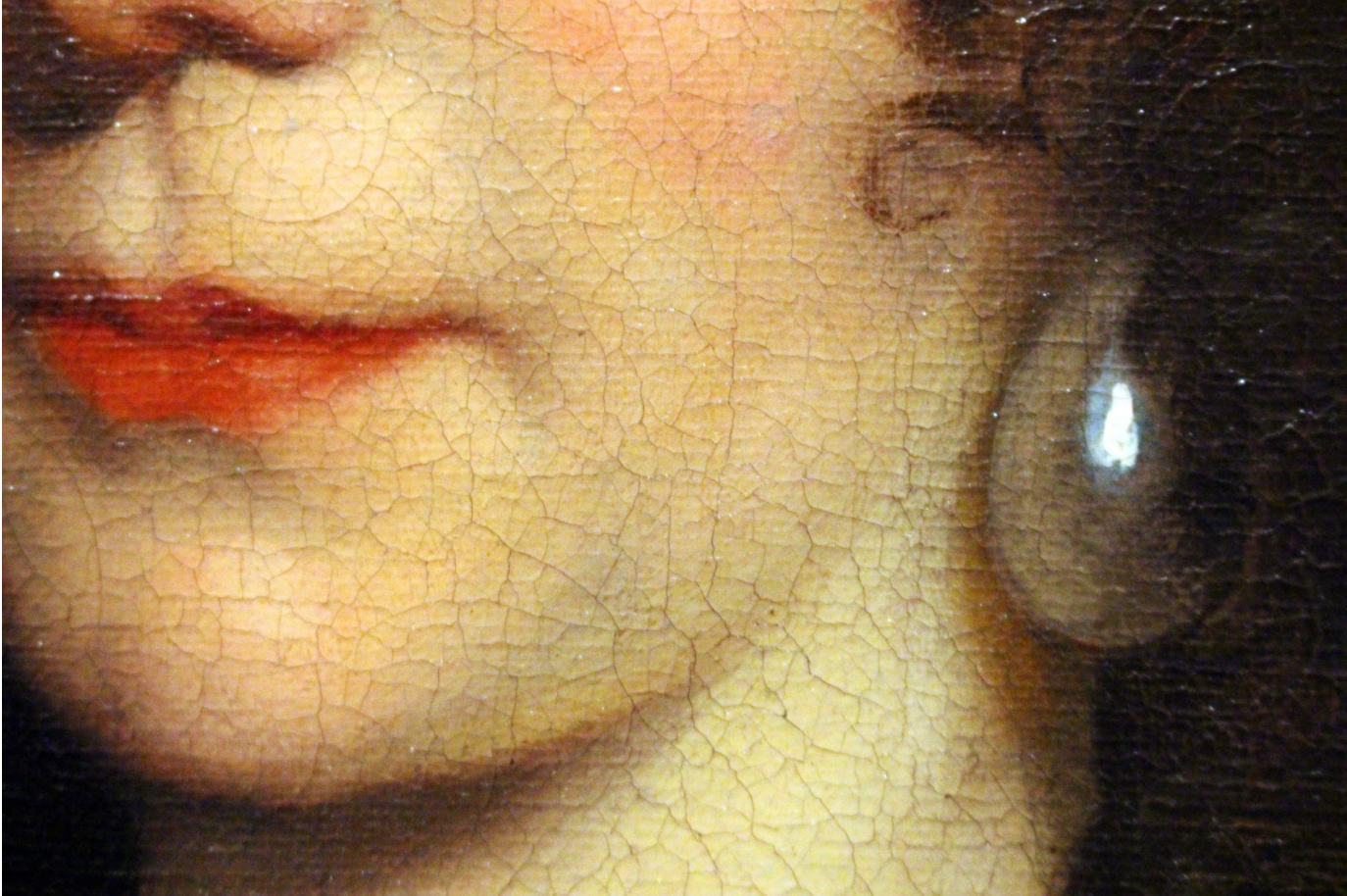
Most women have been there: you slip off your new toe ring only to find an unbecoming green mark around your toe, or your fierce new earings cause your lobes to swell. Jewelry is a fun way to decorate your skin, but sadly, it’s not always very kind to it.
Here’s what jewelry-wearers should know about how jewelry affects skin, and when it may be a good idea to take extra precautions or go bling-free instead.
It’s not uncommon for patients to notify their dermatologist about a rash they think is psoriasis, only to find out it’s actually a nickel allergy. Nickel allergies are far more common in women, and that’s directly related to the fact that women wear more jewelry: more exposure means a greater likelihood of allergy development.
A form of contact dermatitis, nickel allergies are very common, estimated to present in about 20% of the population. It doesn’t help that contact with nickel is growing more frequent: it’s present in cell phones, jean buttons, eyeglasses, zippers, and of course, jewelry. This type of allergy presents 6 to 24 hours following exposure, and affects the exposed area with itchiness, redness, and inflammation. In some cases blisters my form, leaving your skin scaly, dry, and crusty.
Over-the-counter hydrocortisone cream or antihistamine pill can help, so it’s advisable to see a dermatologist about this issue. If it’s serious, your dermatologist may prescribe a steroid cream or oral medication to prevent infection and combat more severe symptoms.
Like other allergies, nickel allergies can last a lifetime. The best answer is to be a little more careful in your jewelry selection. Cheap jewelry can contain a lot of nickel, as opposed to pure gold or silver, but even fancy artisan jewelry is likely to contain nickel.
Another solution? Treat your jewelry with clear nail polish or Nickel Guard. Better yet, have your dermatologist test you for metal allergies and make your decisions based on the results.
Piercings are a fun way to express your personality, whether on your ears, nose, or belly button. But piercings need to treated carefully to prevent complications like infection, which present in nearly 35% of new piercings.
Dermatologists recommend people carefully consider whether piercings are right for them, because should you change your mind afterwards, you may be left with scarring, depression, or noticeable bump. How quickly a fresh piercing will heal depends on where it is: ears, tongue, and lips heal quickly, but areas with greater blood flow (cartilage areas like the nose or outer ear) will take more time.
Keeping your piercing clean is the most effective way to prevent irritation or infection; soap and water or rubbing alcohol once or twice a day should do the trick, or mouthwash if it’s on your cheek, lip, or tongue, after every meal. After it’s healed, this won’t be as necessary, but it’s still a good idea to clean it regularly.
If you plan on keeping it in for long stretches of time, make sure the jewelry itself is clean and doesn’t irritate your skin. Dirt, bacteria, and oil and build up over time.
When you take off jewelry, it’s usually because you want it off — so a green imprint is rarely welcome. Why does this happen? Acid in skin causes metals like copper to erode, leaving a green mark, made worse by heat, humidity, or sweating. The metal may also be reacting to something on your skin, like hand lotion.
Luckily, unless it’s accompanied by itchiness and swelling, this is a purely aesthetic reaction. Still, who wants skin the color of the Statue of Liberty?
Like with allergies, higher quality jewelry can be a solution to this issue. Pure gold, for example, is less likely to be diluted with nickel or copper, which most often cause this unsightly discoloration. Silver and stainless steel are also fairly innocuous.
You might also consider coating options, or forgo this particular jewelry if you know you’ll be sweating.
All in all, you’ll be glad to hear that there are no serious health issues are associated with jewelry, so long as any infections are addressed and treated quickly and accurately. Armed with this insight, your favorite bling should be safe to rock.